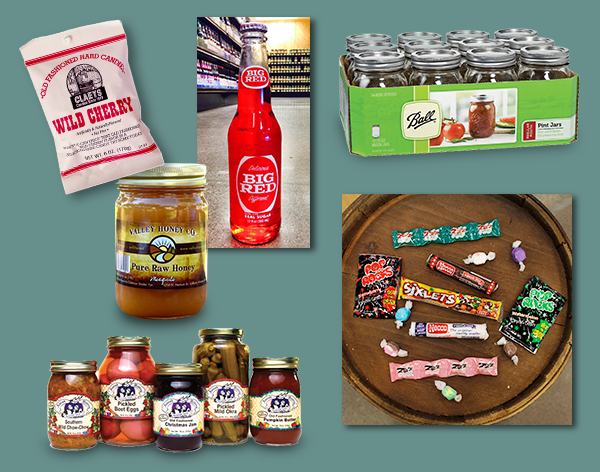How to Get Started Canning Vegetables From Your Home garden

Preserve the taste of fresh vegetables from your garden to enjoy all year. Canning captures the best flavors, from homemade pickles to tomato sauce and salsa.
In this blog, you will learn how to preserve your garden veggies. To avoid serious injury, be sure to do your research when it comes to canning your vegetables and always use proper canning techniques.
1. Gather your supplies
When it comes to canning fresh vegetables from your garden, you need the correct canning supplies to be successful. Make sure you carefully read up on the canning method you’ve selected before utilizing your canning goods.
- Canning jars: Purchasing standard glass canning jars is the best because they can withstand the pressure of canning your vegetables. If you are using jars that you already own, make sure you check for cracks. The best lids to use with your jars are the two-piece lids that include a screw band and a flat metal lid. If you are not using new jars, buy new lids for safety reasons. You want the lids to be sealed entirely onto your jar. Be sure to sanitize and rinse your jars before you fill them.
Before using the lids on your jars, please read the manufacturer’s instructions that are included with the jars to learn how to use them properly. Some require heating, while others don’t.
- Canning jar lifter: A lifter will make your job easier when lifting the hot jars out from hot water to ensure that you do not burn your hands. Or you could also use a wash rag to grab them.
- Food thermometer: Factors like temperature, seal, and time are crucial when it comes to preventing harmful germs or botulinum toxins from developing on your preserved goods. Safe canning and storage depend on using a food thermometer.
- Funnel: This will help you easily get your salsa, soup, etc., into the jars without spilling or getting the ingredients on the lid of the jar.
- Large pot with a lid or pressure cooker: This will be used to finish the sealing process.
- Spoon: A spoon will help you transfer your liquids into the funnel and into the jar.
2. Get started with your favorite recipes
It’s time to explore the items you want to learn how to start canning! Whether you are canning vegetables to make your favorite salsa or soup, there are many delicious foods to get you started in your canning journey. Below are a few items to help you get started.
Tomatoes: tomatoes are the best fresh out of a garden. When canning, be sure you follow the most up-to-date guidelines when canning tomatoes. Or make some salsa!
Asparagus: Trim and wash your asparagus. Slice it up or make spears out of it.
Cucumbers: One of the traditional finest vegetables for canning is cucumbers. Use them as is, or you can turn them into pickles!
Peppers: boil your peppers to remove the skin for the best taste!
Carrots: slice or dice them! Can your carrots any way you like.
Green beans: when it comes to canning green beans, you can leave them raw. Just cut the ends off, or you can dice them into small pieces.
Do not forget low acid vegetables need a high processing temperature. Examples of these would be winter squash, peas asparagus, corn, green beans, potatoes, lima beans, mushrooms, okra, ,artichokes, pumpkin, and carrots.

3. The two canning methods
Boiling and pressure canning are the two fundamental canning techniques which use glass jars. Low-acid items including vegetables can be preserved with pressure canning. To eliminate any potential Clostridium botulinum spores, your food jars are put in 2-3 inches of water in a special pressure cooker that has been cooked to a temperature of at least 240 °F.
Tomatoes, pickles, and other high-acid veggies are preserved using the simpler boiling water canning process. This approach involves putting your food-filled jars in a large pot, covering them with boiling water (212 °F at sea level), and cooking them for a set period.
Tips to help your canning process run smoothly
- Always use fresh produce in peak condition. Do not use vegetables that are becoming too soft or spoiled.
- Don’t fill the jars all the way to the top. If you overfill the jars, the food may interfere with the sealant on the lid, preventing a tight closure.
- Safety first! Do not eat if you see mold, bubbles, or any other bacteria that may look strange. This may mean that the seal has popped, and it is not fresh to eat. Additionally, a bulging lid or one that seems rusted is spoiled.
- If you hear a popping sound when your jars are sealing, that means that they have been sealed properly.
- Refrigerate any canned foods after opening them.

Let the canning begin!
Whether you are just starting your canning journey or are a professional canner, the goal is to enjoy the process of making delicious, canned goods from the fresh produce you’ve grown in your garden. Visit our western wear and animal feed stores near you like out Chandler store, Gilbert store and the AJ store today.